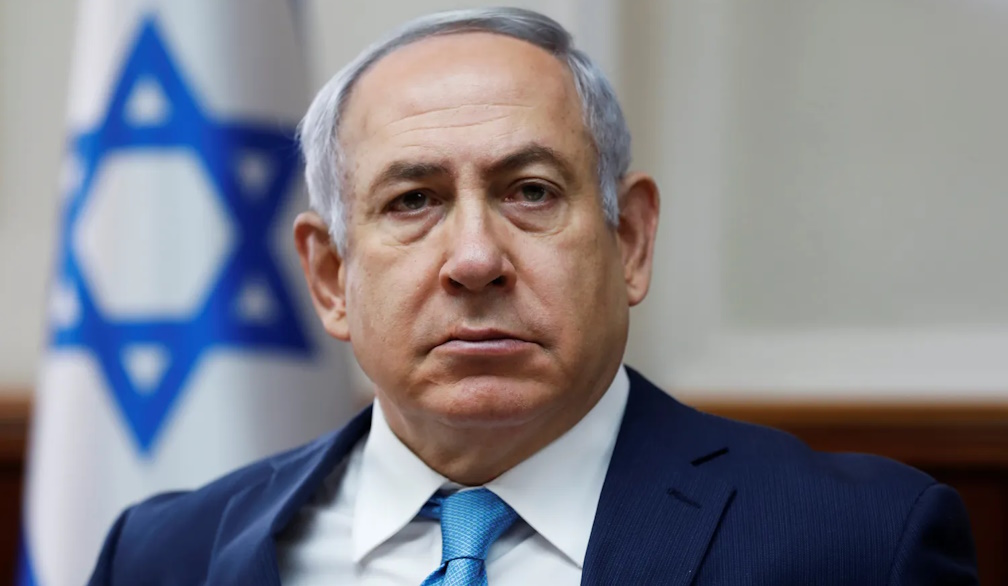With the Gaza ceasefire in the balance, all eyes are on Benjamin Netanyahu’s trip to Washington
- Written by Amin Saikal, Emeritus Professor of Middle Eastern and Central Asian Studies, Australian National University

The brittle Gaza ceasefire between Israel and Hamas continues against all odds, given the depth of distrust and animosity between the warring parties.
Since its enactment nearly three weeks ago, Hamas has released more than a dozen Israeli hostages captured on October 7 2023, in return for some 400 Palestinian prisoners from Israeli jails. Should the process move forward as relatively smoothly as it has so far, more hostages and prisoners are set to be freed during the remainder of the first stage of the truce.
This is cause for a degree of optimism. However, negotiating the length, terms and implementation of the second and third stages of the ceasefire will prove very rocky.
Israeli Prime Minister Benjamin Netanyahu, for instance, has already declared the ceasefire to be “temporary”.
During the second stage, all Israeli hostages (alive and dead) are supposed to be freed in exchange for hundreds of prisoners. Israel is also expected to withdraw all its forces from Gaza as a prelude to the reconstruction of the coastal enclave in the final stage of the ceasefire.
There are many issues that could derail the process, two of which are crucial:
Another factor is the influence of the new US president, Donald Trump. While Netanyahu has the full support of Trump, it remains unclear how much appetite[1] the US leader has for more conflict in the Middle East.
A meeting between the two in Washington this week could be pivotal to the success of the next phase of the ceasefire – or the resumption of the Gaza war.
Hamas’ survival at odds with Israel’s war aims
Israel has certainly degraded Hamas over the past 15 months of its scorched-earth operations in Gaza, which it launched in response to Hamas’ attacks on October 7 2023. However, it has not eliminated the group.
The appearance of well-armed and well-composed Hamas fighters in the choreographed three rounds of hostage transfers in the areas that Israel has demolished testifies to the group’s survival.
It essentially signals the failure of Netanyahu and his extremist supporters to achieve their main goals of uprooting Hamas and securing the release of the hostages through military action.
Netanyahu’s acceptance of the ceasefire at this point clearly underlines the futility of the use of force as the only means to seek vengeance against Hamas. With the conflict in a stalemate for months, he could have embraced the ceasefire much earlier, thereby securing a quicker hostage release without more lives lost or more damage to Israel’s already-tarnished international reputation.
Hamas’ survival means it is still a dangerous force, former US Secretary of State Antony Blinken said[2] in mid-January. He said the group has “recruited almost as many new militants as it has lost” in the war.
Reports also indicate Hamas has also maintained its control[3] over Gaza’s administration and security forces, despite Israel’s efforts to destroy it.
If that is the case, Israeli citizens – who have been highly polarised between those wanting the return of the hostages via a ceasefire and those backing Netanyahu’s government to continue the war – have the right to seriously question the prime minister’s leadership.
The same applies to Israel’s outside supporters, especially the United States.
Yet, this may not happen. The war-makers may win over the peace aspirants. For Netanyahu and his backers, the job is not finished. Many observers believe the very survival of Hamas can only motivate them further to resume the war once all the hostages are freed.
What does Trump want?
The future of the ceasefire now seems to hinge on Netanyahu’s meeting with Trump in Washington. According to media reports, the Israeli leader is keen to see where Trump stands[4] on the second phase of the deal before negotiations continue.
Trump recently doubled down on his suggestion to “clear out[5]” Gaza’s 2.3 million citizens – though he has mentioned a figure of 1.5 million – by relocating them to Egypt and Jordan. Given the previous statements[6] of the extremists[7] in Netanyahu’s shaky coalition, nothing would please them more than a depopulated and annexed Gaza.
Cairo and Amman, as well as other Arab countries[8], have firmly rejected the idea. Hamas and the enfeebled Palestinian Authority in the West Bank have outrightly condemned it.
But Trump has insisted the Egyptian and Jordanian leaders would eventually come around[9] because the US does a lot for them – referring presumably to their dependence on substantial annual American aid.
If this plan were to transpire, it would not only be a recipe for more bloodshed and instability in the Middle East, but also more betrayal of the Palestinian cause and the two-state solution by the international community.
While a ray of hope exists for the continuation of the ceasefire and the implementation of the ceasefire’s second stage, it is still very possible that Netanyahu will return to military action to destroy Hamas and annex part or all of Gaza along the lines of what Trump has suggested.
The Trump-Netanyahu bond is so strong that it could even enable the Israeli leader to declare sovereignty over the West Bank.
Given these uncertainties, the third stage of the ceasefire regarding the reconstruction of Gaza, which is estimated to be upwards of US$80 billion[10] (A$1.3 trillion), is at this point nothing more than words on a piece of paper.
References
- ^ how much appetite (www.theguardian.com)
- ^ said (www.thejc.com)
- ^ maintained its control (www.reuters.com)
- ^ where Trump stands (www.axios.com)
- ^ clear out (theconversation.com)
- ^ previous statements (www.aa.com.tr)
- ^ extremists (x.com)
- ^ other Arab countries (www.reuters.com)
- ^ would eventually come around (www.timesofisrael.com)
- ^ US$80 billion (www.dw.com)
















